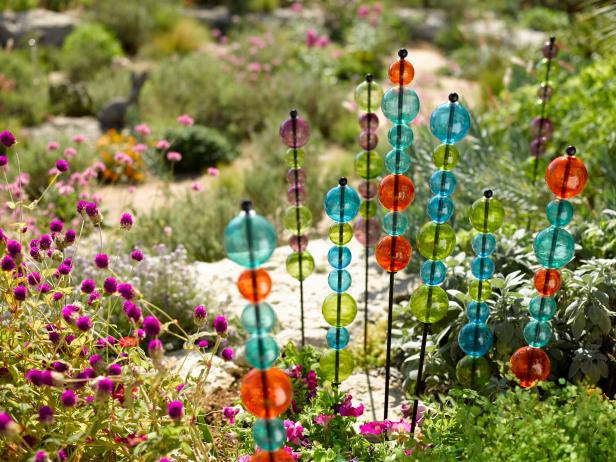Inflation has done a number on household budgets lately—particularly when it comes to feeding the family and keeping the pantry stocked. Unsurprisingly, many people are exploring the idea of starting a garden.
Whether you’re interested in planting a vegetable or spice garden or creating a beautiful spot for flowers and other growing plants in your yard, you might be wondering where to start. Beginner gardeners can quickly feel a little overwhelmed–there’s so much to do and so much to learn. Use these simple, essential tips to get digging!
Pick Your Plants
Are you interested in growing veggies for your evening salads? Herbs and spices to make the meal more interesting? Beautiful, colorful flowers to perk up your backyard?
You can choose one, two, or all three. But starting by selecting precisely what you want to grow is essential. Make sure your selections suit your climate and access to sun, water, space, and drainage. (Take a few days to observe your yard for how the sun shifts throughout the day to ensure you pick the right spot.)
Stay flexible in case your first choices aren’t suitable matches. Also, don’t neglect your local garden store expert, who can help you make better selections.
Check Your Soil
Soil quality and makeup can significantly impact your garden’s outcome! Talk to your local county cooperative office to get access to soil testing. They can walk you through the process, and in just a few weeks, you’ll have results and suggestions on improving your soil’s quality for the best possible gardening results.
Plot Out and Prepare Your Garden Space
You’ll get the best results as a beginning gardener with an even, flat surface of the earth that you can easily access and that’s within reach of your garden hose for watering. Prepare the space by pulling up weeds and rocks. If it’s late in the game, you might want to use the shovel method: grab a flat-edged spade and merely carve out the top of your garden.
Then use some graph paper to sketch where your plants will go in the available space. Leave sufficient space between plantings to accommodate their future growth rate.
Till the Soil
Clearing sod, grass, weeds, and rocks isn’t enough to ensure a great garden. For best results, till your planting bed’s soil turns over the top six inches or so. Make sure the soil isn’t arid. It should be moist enough to clump together in your first but dry enough to fall apart quickly if you drop it.
If your soil test revealed the need for any soil additives to maintain a healthy pH or proper mix of organic matter, now’s the perfect time to take care of that.

Choose Your Plants—Carefully
When your garden spot is fully prepared and ready to plant, take your shopping list and plot dimensions to your local garden store and select your plants. (If you’re starting your garden in the spring, you might not have sufficient time to try to grow your garden from seed.)
Look for young plants with healthy stems, leaves, and petals, with good color and a lively appearance. They’ll generally survive planting stress better than weaker or less hardy specimens.
Make sure you leave sufficient space between plants.
Ready, Set, Grow!
Gardening is a great way to relax and spend some downtime. It can add value to your home for prospective buyers, too. Take it slow and start small if this is your first time, and don’t be afraid to ask for help from more experienced gardeners when you need some guidance.





